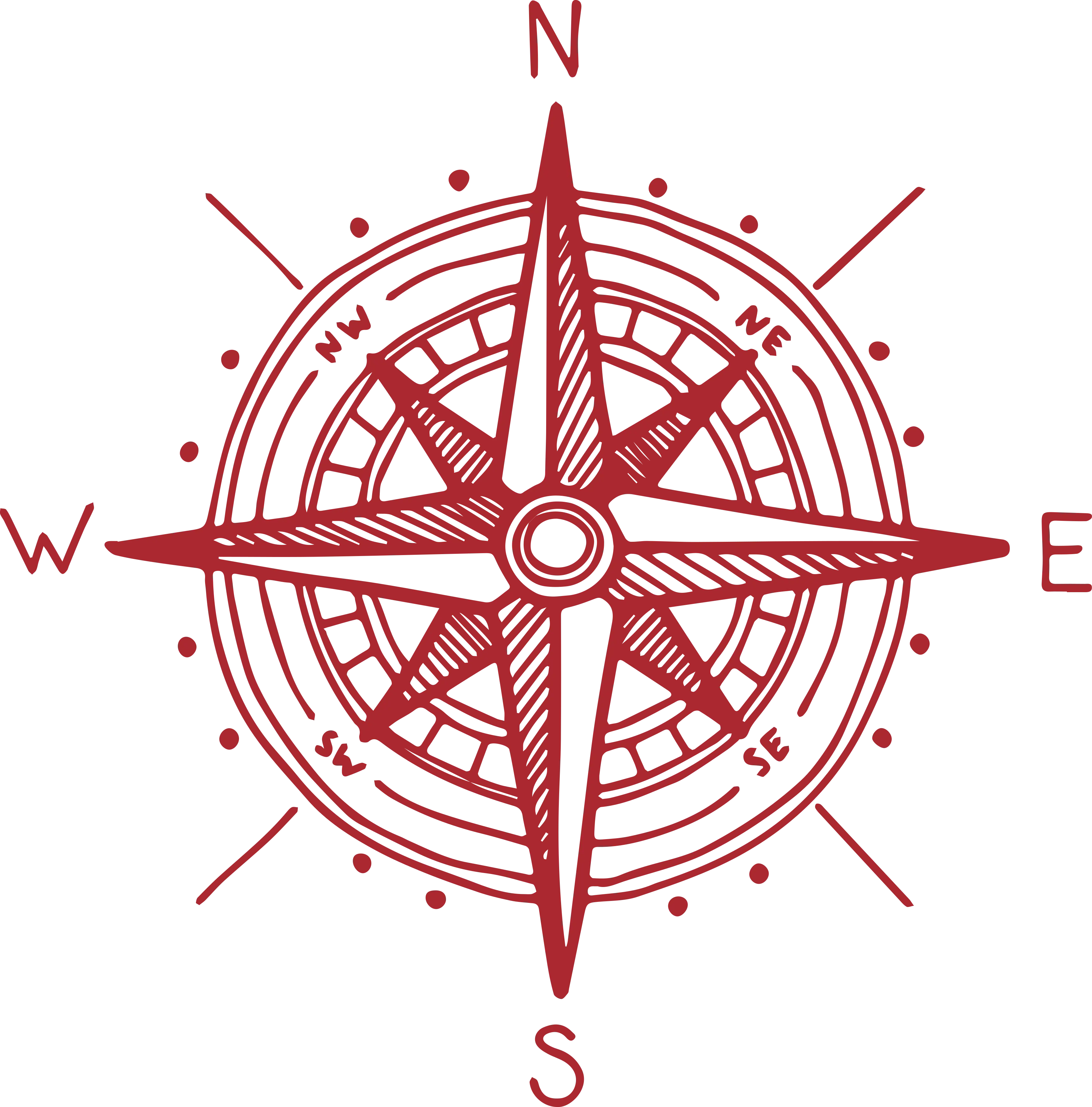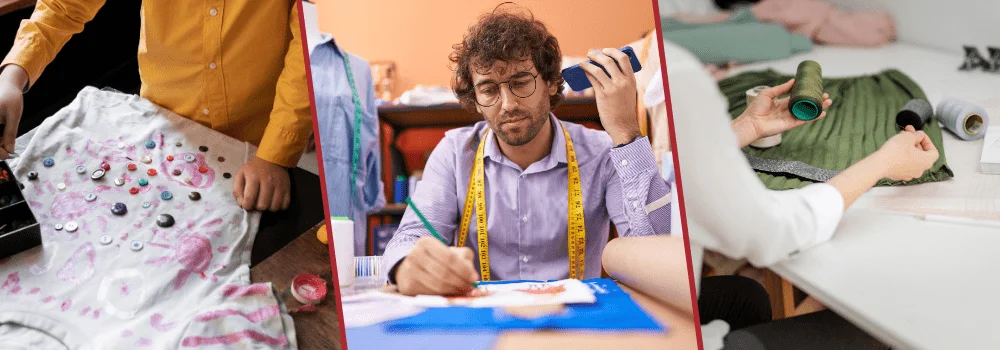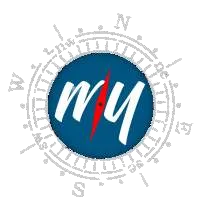How to Become a Fabric and Apparel Patternmaker?
Explore the creative path of a Fabric and Apparel Patternmaker. Learn the steps, eligibility, tasks, and educational paths to thrive in this exciting profession

In this Career Outline

Introduction to Fabric and Apparel Patternmaker
“Behind every great piece of clothing is a fabric and apparel patternmaker whose meticulous patterns bring dreams to life.”
A fabric and apparel patternmaker creates garment designs by developing templates for cutting and assembling fabric pieces. They work in the garment industry, ensuring designs meet specifications before production, and assist fashion designers with prototypes and material fitting. In manufacturing, patternmakers use templates to sketch and adjust designs based on prototypes, while in design firms, they closely collaborate with designers to refine and finalize patterns.
Steps to Become a Fabric and Apparel Patternmaker:
Step-1
Understand the role of a patternmaker by exploring industry resources, talking to professionals, and reviewing job descriptions.
Step-2
Enroll in fashion design or pattern making courses to gain foundational knowledge and technical skills.
Step-3
Seek internships or apprenticeships to work hands-on with experienced patternmakers and develop your skills.
Step-4
Build a portfolio that highlights your top projects to showcase your skills to prospective employers.
Step-5
Keep up with fashion trends and technological advancements in pattern making.
Step-6
Attend fashion shows, workshops, and industry events to connect with professionals and explore job opportunities.
Step-7
Look for positions in fashion houses, garment manufacturers, or start your own pattern making business.
Eligibility Criteria
| Eligibility Criteria | Description |
|---|---|
| Eligibility | Must possess at least 50% aggregate from a recognized institution (PUC/CBSE/ICSE/ISC, etc.) |
| Educational Background | High school diploma or equivalent. |
| Undergraduate Degree | A Bachelor's degree in Fashion Design, Fashion Merchandising, or Visual Arts is advantageous, providing a broad overview of related fields. |
| Postgraduate Degree | M.F. Tech in Fashion Design for advanced learning and career growth. |
| Entrance Exams | Valid score in entrance exams such as NIFT, NID, DAT, CEED, AIEED, UCEED, or SOFT. Some colleges may conduct their own entrance exams if needed. |
- Must have at least 50% in 12th grade from a recognized board (PUC/CBSE/ICSE/ISC), with cut-offs varying by college.
- A Bachelor's degree in Fashion Design, Fashion Merchandising, or Visual Arts is beneficial, though it covers a broad overview of Art History rather than focusing solely on Fashion.
- A valid score in Entrance exams after 12th like NIFT, NID, DAT, etc., is required. Colleges like NMIMS, Symbiosis, XUB, and others may offer their own exams if needed.
- A degree, diploma, or certification from a recognized institution is essential to become a Fashion Designer.
- An M.F. Tech in Fashion Design is advantageous for advanced education and in-depth learning.

Not eligible to pursue this career?
Find out different career options based on your current academic accomplishments. Enquire with our career experts and build a roadmap to your career success!
Tasks to perform as a Fabric and Apparel Patternmaker:
Knowledge & Skills Required
Fabric and Apparel Patternmaker must possess a wide array of skills to succeed in their careers. Here are the key knowledge areas and skills needed to excel in this field:
| Knowledge Required | |
|---|---|
| Skills in creating patterns from scratch or modifying existing ones based on design specifications. | Understanding of different fabric types, their properties, and how they affect pattern making and garment construction. |
| Knowledge of various sewing methods and techniques used in garment construction. | Ability to take accurate measurements and understand fitting adjustments to ensure garments fit well. |
| Insight into the overall process of garment assembly, including sewing, finishing, and alterations. | Proficiency in using computer-aided design (CAD) software for creating and modifying patterns. |
| Skills Required | |
|---|---|
| Technical Drawing | Fabric Knowledge |
| Sewing and Garment Construction | Attention to Detail |
| Pattern Drafting | Software Proficiency |
Understanding What are soft skills? and why is it important,as they complement technical abilities and enhance overall performance in the field of Fabric and Apparel Patternmaker.

The Knowlegde and Skills don't intrigue you?
Your career may not align with your interests. Identify them and match with careers requiring those skills for faster growth and success!
Job roles offered for a Fabric and Apparel Patternmaker:
Once you've obtained the qualifications to become a Fabric and Apparel Patternmaker, numerous career paths open up to you.
A Fashion Supervisor manages staff, ensuring high-quality customer service, hiring sales associates, and liaising between management and marketing. You'll lead and motivate your team to meet the demands of the fashion business.
As an assistant designer, you'll perform tasks under the guidance of a senior designer, gaining hands-on experience. You'll prepare and complete tasks, such as creating and assembling stitching templates, and oversee the work of dressmakers. This role is a stepping stone to becoming a lead designer.
As a professional pattern maker, you’ll work closely with design teams to create patterns for mass production or custom garments. Key skills include design knowledge, repair capabilities, and proficiency in Photoshop and Illustrator.
CAD Operators utilize computer-aided design software to produce detailed blueprints for manufacturing. Precision and knowledge of architectural rules are essential, and you'll work closely with other professionals to ensure the quality and accuracy of designs.

Not sure where you fit in?
With countless career options, choosing the right path can be tough. Analysis and guidance sessions help clarify what to study, pursue, and achieve.
Career Opportunities for a Fabric and Apparel Patternmaker:
Fabric and Apparel Patternmakers can opt for various fields of work in the companies listed below:
| AND Fashion | Swarovski | Adidas |
| Allen Solly | Raymond Ltd. | Everblue Apparel Ltd. |
| Reliance Industries | Amazon | Aditya Birla Group |
| Van Heusen | Levi Strauss & Co | Tommy Hilfiger |
| ITC |
Colleges offering courses for Fabric and Apparel Patternmaker:
Here is the list of colleges offering the Best courses after 12th:
| Army Institute of Fashion and Design, Bangalore | Symbiosis Institute of Design, Pune |
| Vogue Institute of Art and Design, Bangalore | National Institute of Design, Ahmedabad |
| Amity Institute of Fashion Technology, Noida | Pearl Academy, Delhi |
| National Institute of Fashion Technology, Mumbai | International Institute of Fashion Design, Pune |
| Lovely Professional University, Jalandhar | Mount Carmel College Autonomous, Bangalore |
End Note
Becoming a Fabric and Apparel Patternmaker is a rewarding journey filled with creativity and technical challenges. If you’re passionate about fashion and enjoy turning designs into reality, this profession might be perfect for you. Connect with our experts at SetMyCareer to guide you with Career counselling after graduation along your career goals and help you make your mark in the fashion industry.
In this Career Outline
You don't fit in as a Fabric and Apparel Patternmaker?
Find out your best suitable career by booking an appointment with our experts
Book nowGet In Touch
No. 14/595, 1st Floor, Nanjappa Reddy Layout, Koramangala 8th Block, Bangalore 560095





